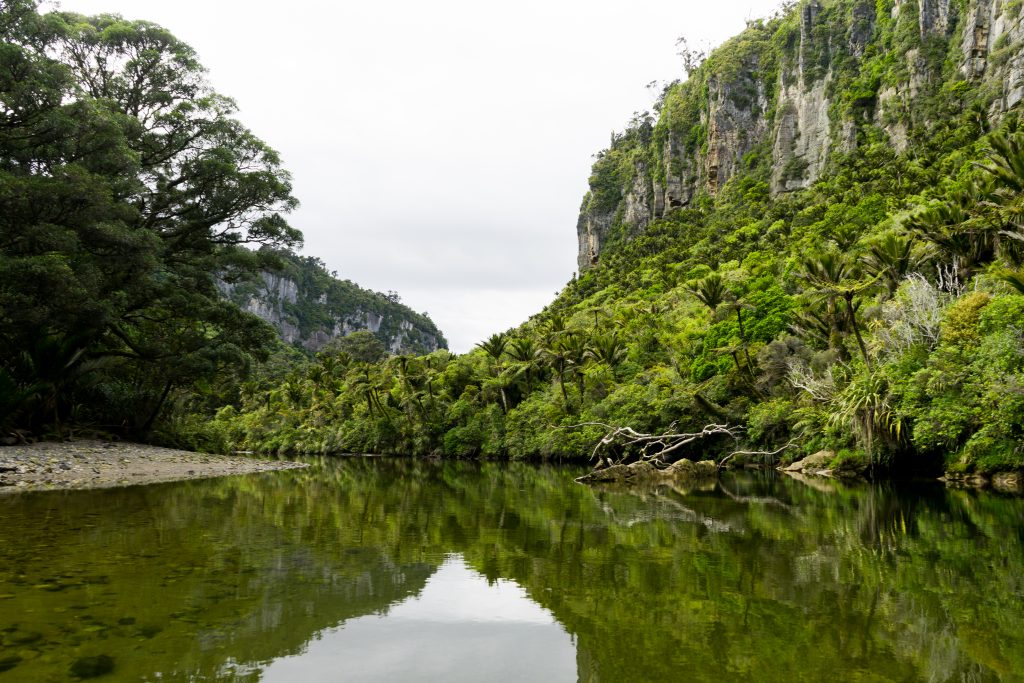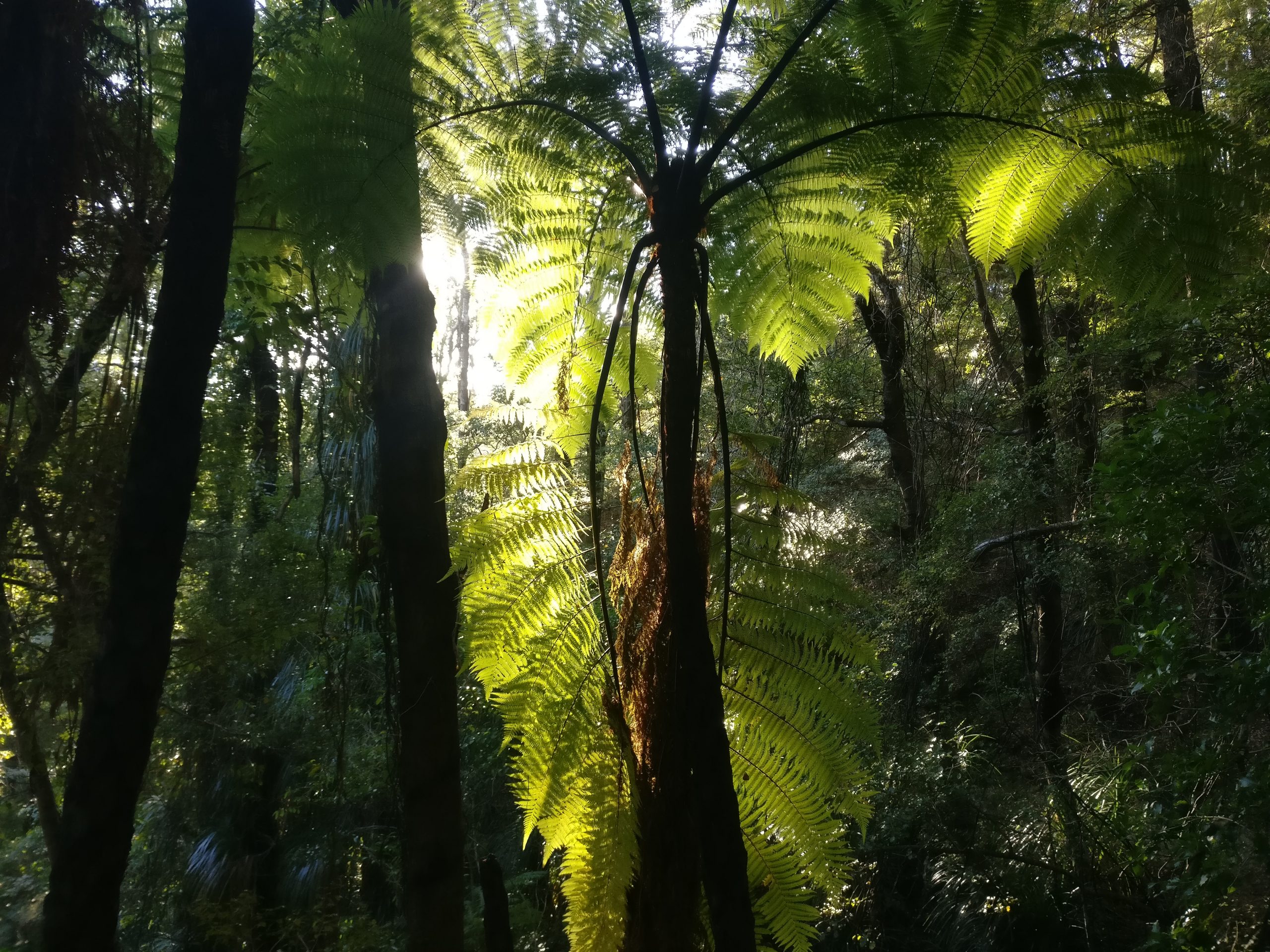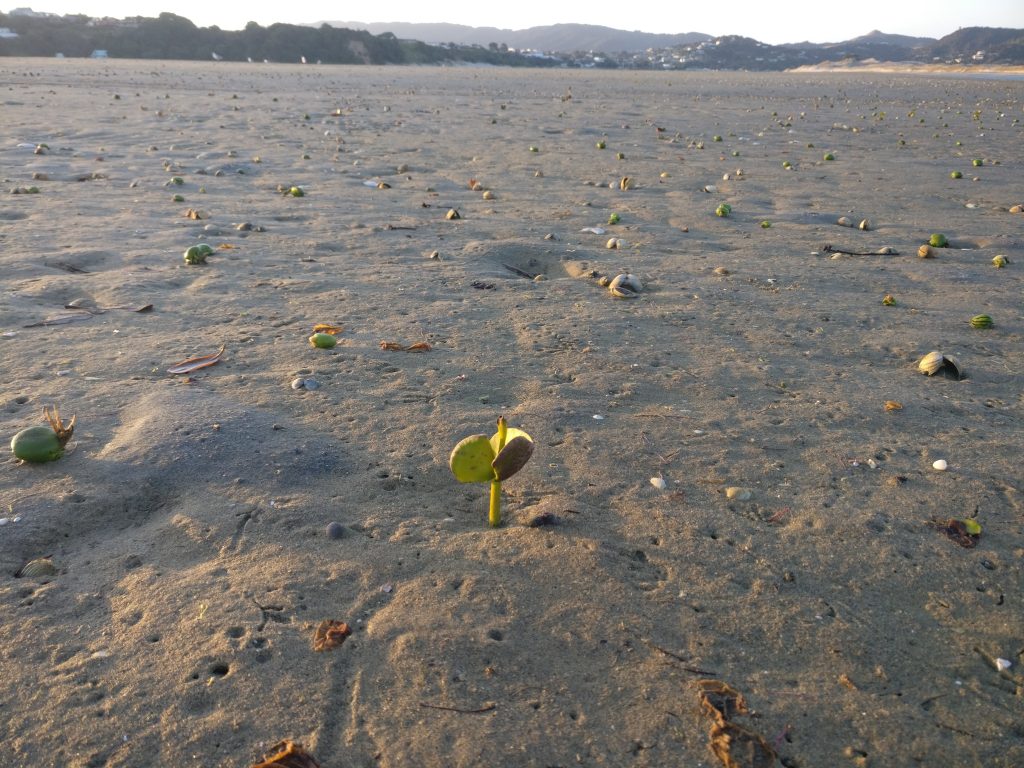First forays into the world of emerging contaminants
Less than two years ago, before our attention was taken up by a global pandemic and recession, we were on a quest to rid New Zealand of single-use plastic. Micro-plastics were our common invisible enemy, now superseded by a virus. Every self-respecting café sold keep cups, restaurants on Wellington’s waterfront pledged to eliminate plastic straws, and thousands of New Zealanders wrote submissions in support of the plastic bag ban.
Fast forward to May 2020, and Kiwi shoppers cram their wares into reusable bags as they emerge from supermarkets during the COVID-19 lockdown. We have adjusted to a new way of life, and the once ubiquitous plastic bag is now a relic of the past.
Yet the plastic bag experience changed the way we saw the world. We learnt how micro-plastics that escape into the ocean can be ingested by marine wildlife. Those of us who clicked on articles shared by eco-warrior friends discovered that these plastic particles can attract persistent organic pollutants which then accumulate in the bodies of marine animals, with possible repercussions for our fishing industry.
We were beginning to see our world in a different way, to question the products that we had grown up with. But little did we know that plastics were only the beginning.
Recently I saw the Todd Haynes film Dark Waters. The film tells the story of Robert Bilott, an American barrister turned detective who joins the dots between the death of cattle on his client’s farm in West Virginia and the disposal of the synthetic chemical Perfluorooctanoic Acid (PFOA) by chemical company DuPont in a nearby landfill. DuPont had been using PFOA to manufacture Teflon, the non-stick coating used on many pots and pans. Not only were animals dying due to chemical exposure, but contamination of the groundwater supply caused Parkersburg residents to develop conditions such as kidney cancer and thyroid disease.
What amazed me most was how recently this had played out. The film’s narration started back in the 90s when desktop computers were still a novelty, and by the time the end credits rolled around we had all but caught up with the present day. DuPont has responded to the film, stating, “we don’t wish to move through a blow-by-blow refutation of all the artistic license taken by the writers and producers, however, there are [in the film] abundant, intentional factual misrepresentations.”
Incidentally, PFOA has been described as the “world’s slipperiest substance” and I am not convinced that I should trust DuPont on this matter. Certainly, the European Chemicals Agency has voiced concerns about Per- and Polyfluoroalkyl Substances (PFAS) chemicals, the wider family of over 4000 chemicals created in scientific laboratories. Director Bjorn Hansen explains that the desirable anti-stick property is precisely what makes PFAS chemicals dangerous. Our raincoats and tents are treated with PFAS to make them waterproof. Our clothing and carpets are similarly treated to prevent stains.
Yet these “forever chemicals” persist in the environment for generations
and have the potential to build up inside our bodies
and cause adverse long-term health effects.
The comprehensive scientific study that resulted from the investigations into the chemical pollution in Parkersburg found a probable link between PFOA and a range of health conditions, including kidney and testicular cancer, thyroid disease and high cholesterol. The PFAS substances making up this wider chemical group are known to harm animals. Less is known about their effects on humans, but we do know that the human endocrine system is not unique in the animal kingdom, suggesting that if animals are harmed by these chemicals, then so too are we.
The saga is ongoing, and we are not so removed here in New Zealand. Our Environmental Protection Authority recently consulted on adding PFOA to the Hazardous Substances and New Organisms Act. Investigations continue into local sites that may have been contaminated by PFOA, given that the chemical was used in the manufacture of firefighting foam until the early 2000s. The Ministry for the Environment’s website notes that, “the environmental extent of PFAS from household consumer and industrial applications is becoming more widely understood.”
I dug deeper. I got hold of Rick Smith and Bruce Lourie’s book Slow Death by Rubber Duck. The book is a gripping exposé of the prevalence in our everyday lives of chemicals which may be carcinogens or endocrine disruptors – even at small exposures, they may affect the hormones which regulate our body’s growth, development and metabolism. This is a complex area where it is difficult to prove cause and effect, especially where impacts may be chronic rather than acute. Yet Smith and Lourie advocate a precautionary approach when regulating chemicals. Rather than not acting save where we have compelling evidence of harm, they urge us to err on the side of caution. We ought to shift the burden of proof, they say, requiring chemical suppliers to first prove that chemicals are safe, rather than us later realising that they were unsafe.
Emerging contaminants, endocrine disruptors… – what is the correct lingo?
The term ‘emerging contaminants’ (EC’s) refers to “synthetic or naturally occurring chemicals or any microorganisms that are not commonly monitored in the environment but which have the potential to enter the environment and cause known or suspected adverse ecological and/or human health effects.”
The terms ‘emerging contaminants’, ‘contaminants of emerging concern’ and ‘emerging organic contaminants’ are often used interchangeably. Common emerging contaminants include industrial chemicals, pesticides, and pharmaceuticals and personal care products. Endocrine-disrupting chemicals are a subset of emerging contaminants.
Another chemical that features in Smith and Lourie’s research is Bisphenol-A (BPA). I had heard of BPA before, and had for years sought out BPA-free Tupperware. The European Chemicals Agency remarks on its consumer website Chemicals in Our Life that BPA “has a toxic effect on our ability to reproduce”. So I was dismayed to learn that BPA is found in the linings of many cans of tinned food. Apparently it is used to stop cans from degrading over time and our food tasting metallic. Woolworths has confirmed that many of its cans contain BPA. Ceres Organics makes it a point of difference to source cans that do not contain BPA or related chemicals for many of its product lines.
Yet not everybody can afford to shop organic.
As we reach for cans of chickpeas and sliced peaches, believing we are making healthy choices for our families, why would we for one moment suspect that the cans are lined with a chemical that could harm us?

Photo: Markus Spiske
There is no denying that chemicals have enabled great developments. This includes inventions that we take for granted, like the modern refrigerator. Fridges bring health and environmental benefits, as they increase the life of fresh produce and reduce food wastage. But there is a flipside. We linked Chlorofluorocarbons (CFCs), chemicals formerly used as refrigerants, to the destruction of ozone. The 1987 Montreal Protocol achieved universal ratification, and the resultant phase out of CFCs is allowing the ozone hole to recover. Yet Hydrofluorocarbons (HFCs), the refrigerants used as an alternative to CFCs, were later found to be potent greenhouse gases. Last year’s Kigali amendment to the Montreal Protocol will help to eliminate these chemicals. The search continues for substitutes which allow us to have the convenience of chilled food whilst not risking fires or costing the earth.
There is a whole field of study devoted to subjects like land and water contamination. Many people have been thinking about these questions for years. My understanding of this area is in its infancy, but I believe it is imperative for us to better understand the many weird and wonderful substances that we are creating or discovering and then unleashing on the world. As Jonathan Caldwell has pointed out, the Chemical Abstracts Service registered the 100 millionth substance in 2015. Get this, apparently one new substance has been registered every 2.5 minutes over the past 50 years!
Behind the scenes, some of our best scientific minds are getting together to look into this subject. The Ministry of Business, Innovation and Employment is funding a 5-year research programme into emerging organic contaminants. But with two years to go until the programme is due to finish, what are we to make of all this in the meantime?
My take homes are firstly, that we should never cease to ask questions, and secondly, that we should bring our combined skills to learn more about emerging contaminants.
No, we shouldn’t whip out tin foil hats, but yes, we should maintain a healthy skepticism. Why does my toaster emit a plasticky smell the first time I use it? What exactly is in my hair conditioner which I squeeze from an innocuous bottle decorated with flowers?
In the same way that people from many professional backgrounds are needed to tackle climate change and improve our agricultural practices, so too should we apply our combined expertise to the area of emerging contaminants. It is not just “the money or the bag?” when it comes to the environment and our health. As we have always known, we are animals, and the health of the environment and all living creatures is inseparable. The focus on single-use plastics first drew our attention to this matter, now it is up to us to continue the conversation as regards the many other products that make up our everyday lives on this earth.
I feel very hopeful that we can do this. We humans have created products that have turned what would be incredible feats into unremarkable events: we keep dry in a downpour wearing waterproof jackets, we eradicate unwanted creepy crawlies from our homes with bug spray, we take pain relief to work through headaches and we prepare microwave popcorn in a matter of minutes without even removing the food from its packaging. Now we realize that such advances often come with a cost. Yet, ever the innovators, we can lead the field of green chemistry to create solutions that do not compromise our health or the environment. New Zealanders are at the forefront of this work, as Diana Montano reviewed the University of Auckland’s Green Chemistry and Technology Conference from 2018.
The burgeoning regenerative organic agricultural movement continues to draw attention to the dangers of widespread pesticide use and the benefits of taking a holistic approach to our farming practices, and we can equally apply these lessons to other sectors. I look forward to seeing what we come up with over the next few years.

Photo: Liam Philp







Leave a comment